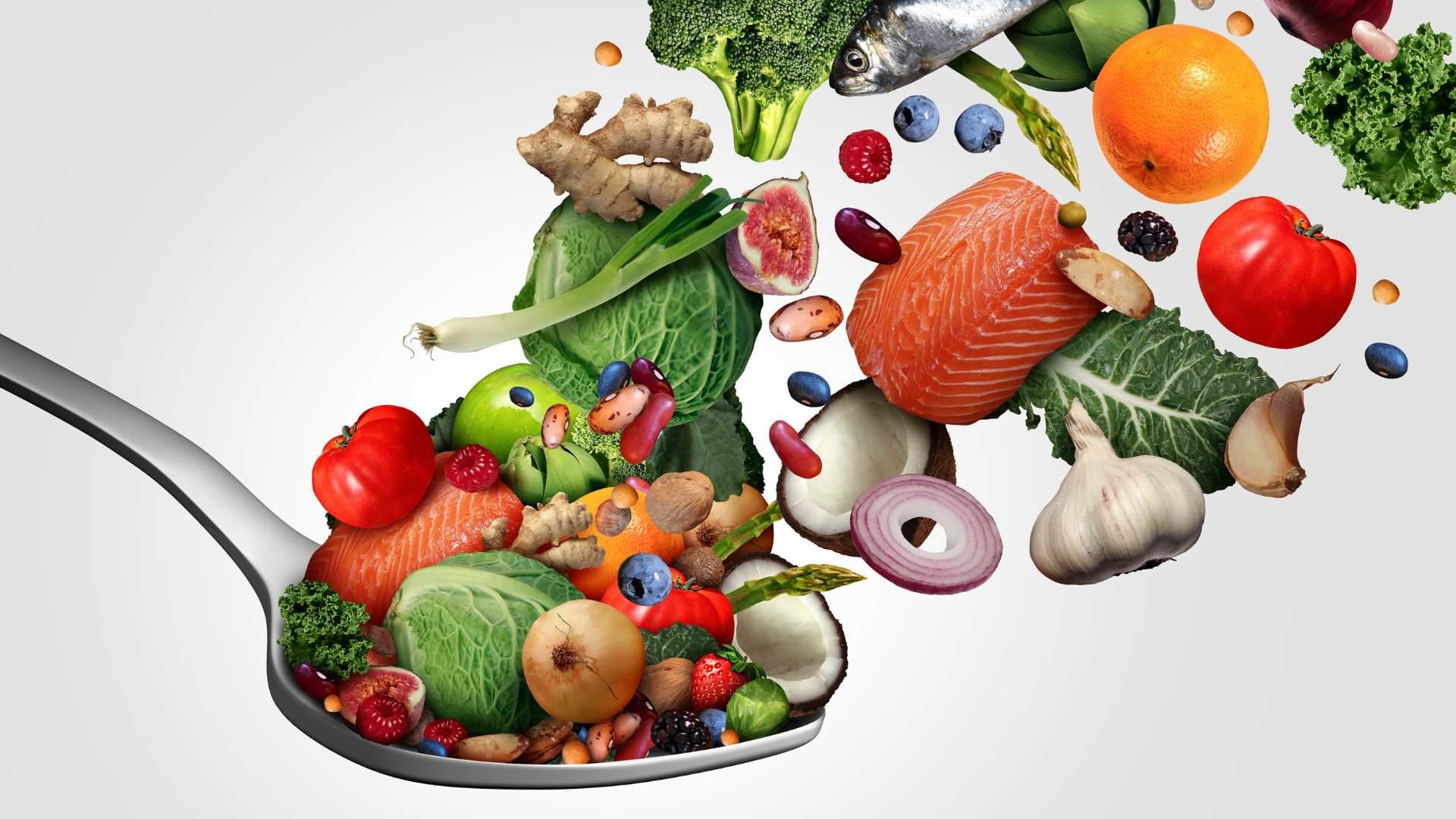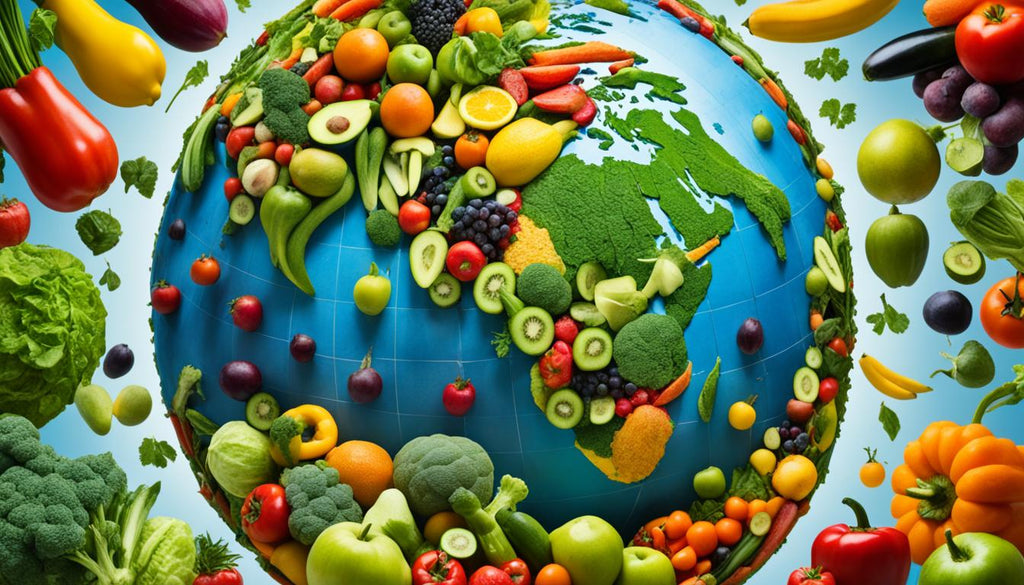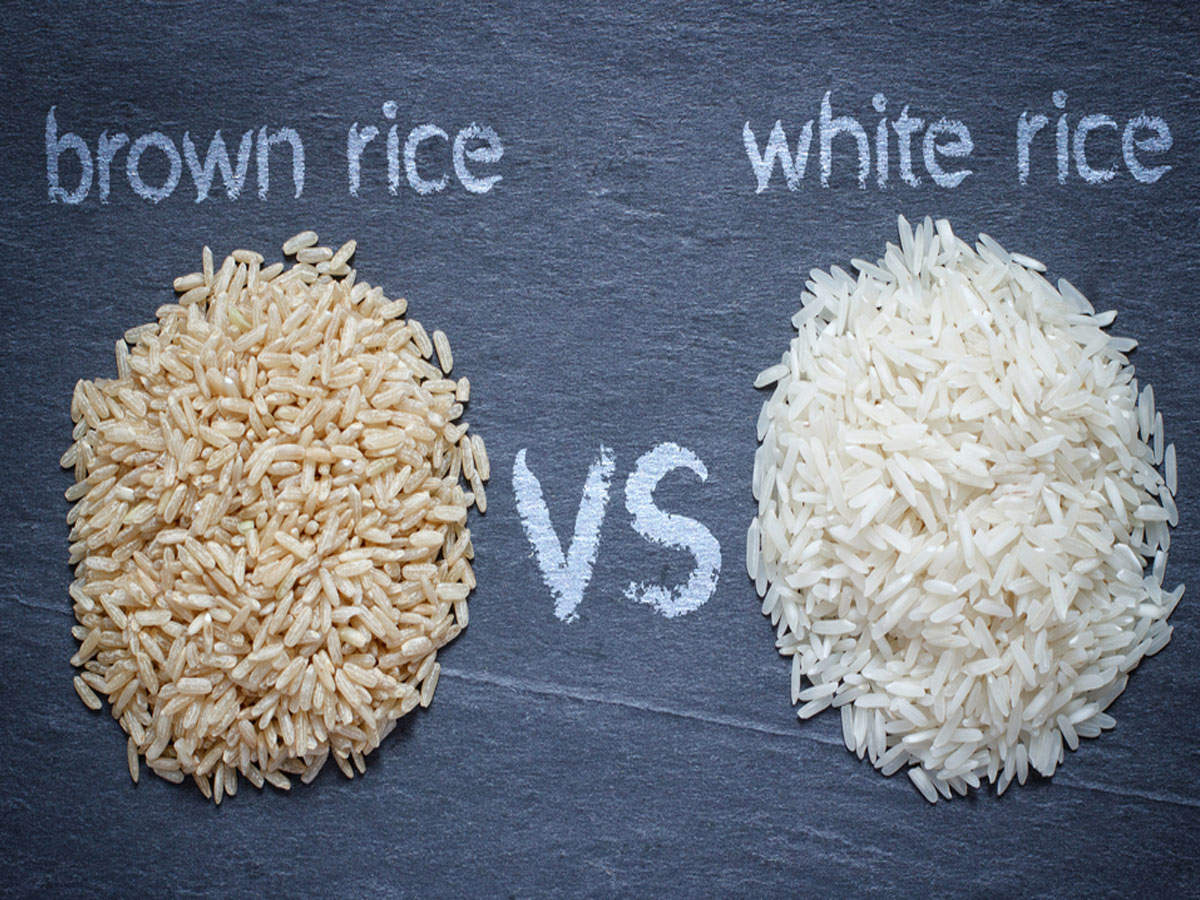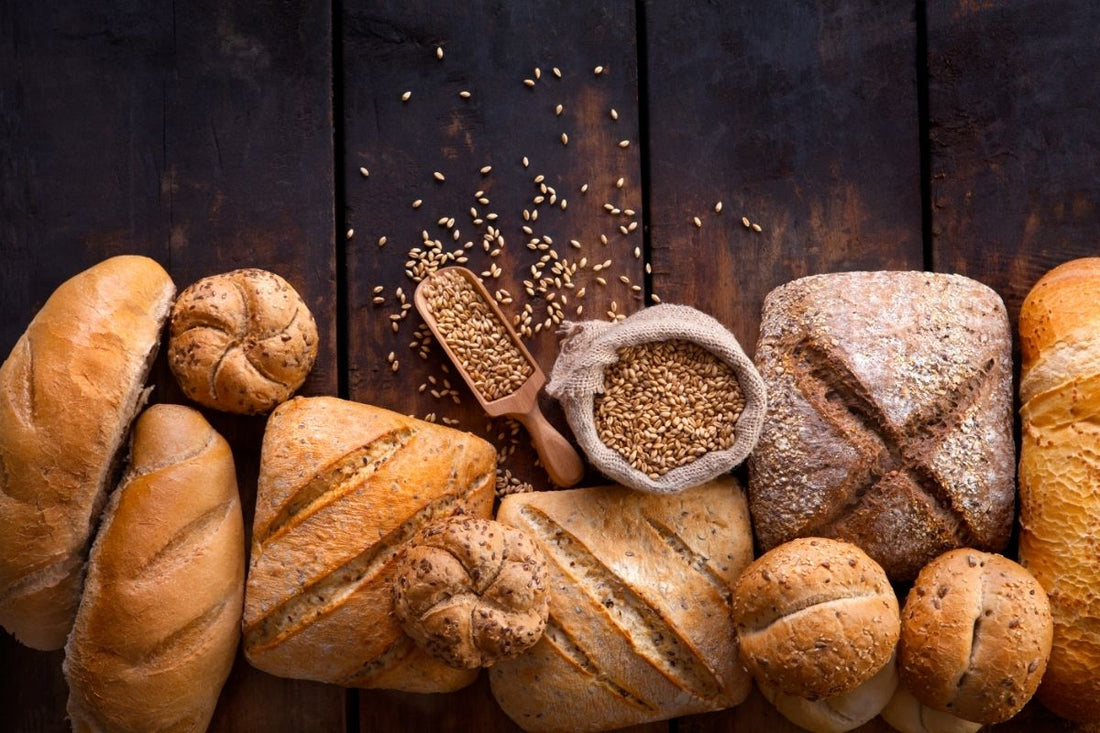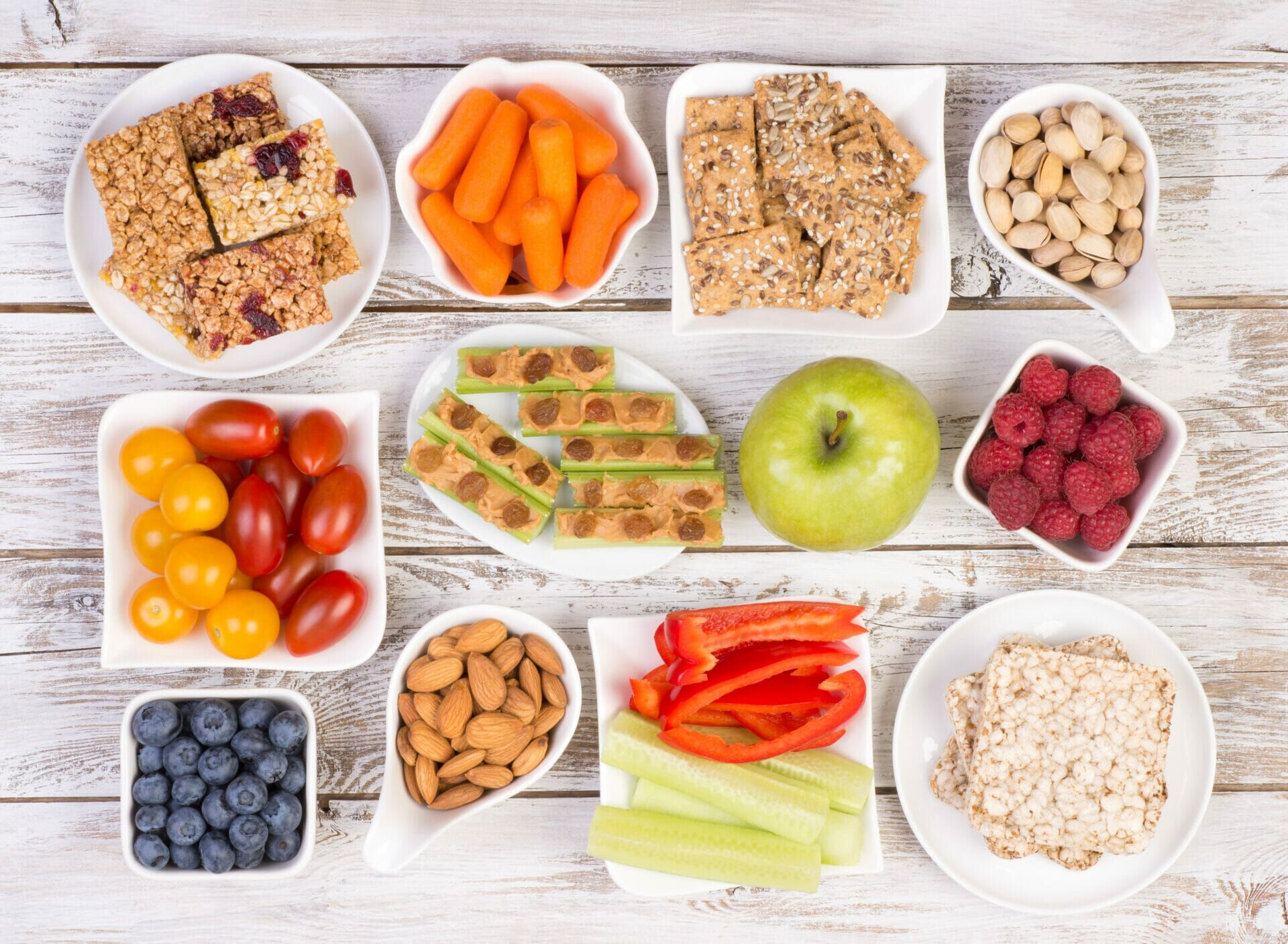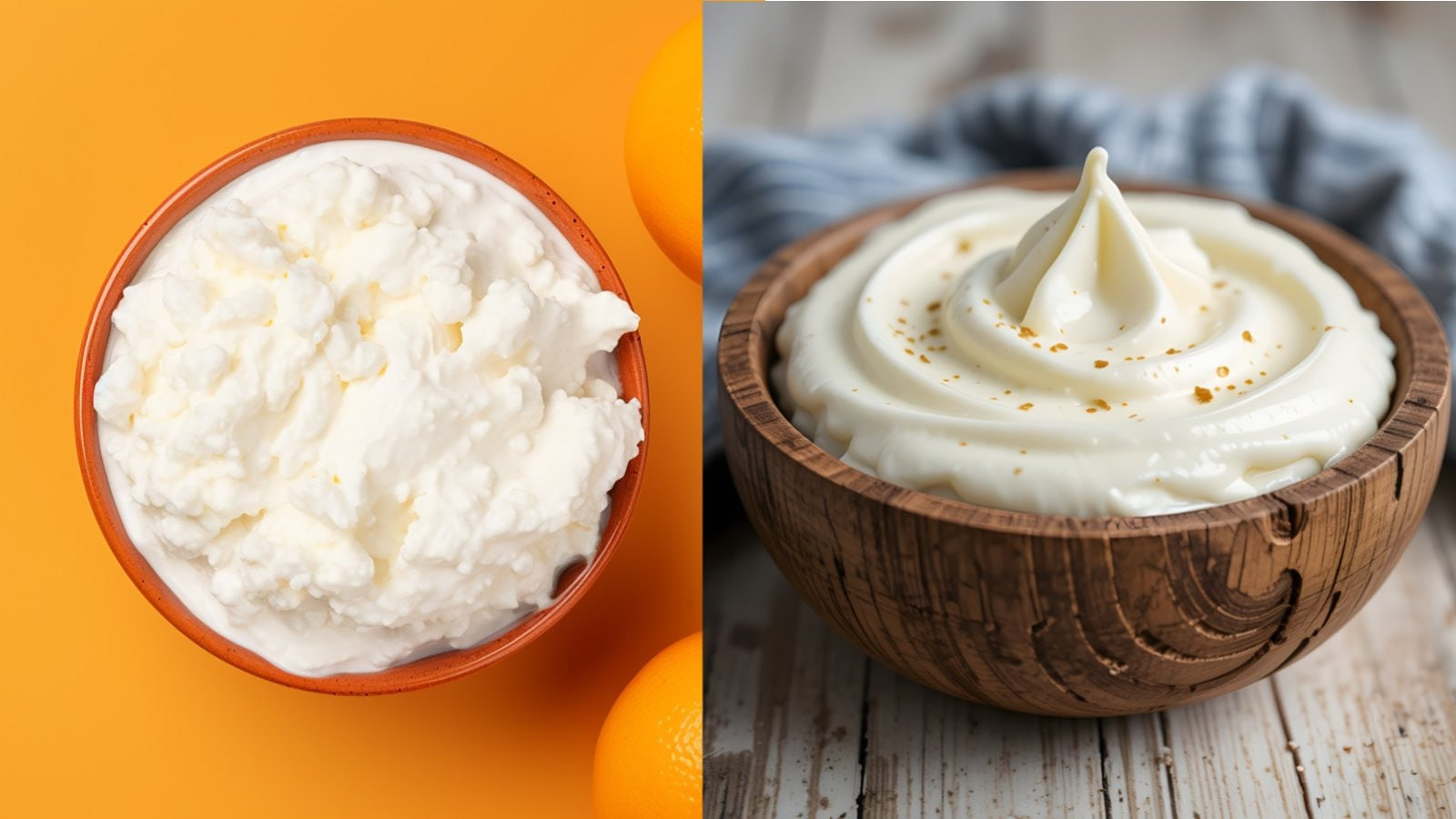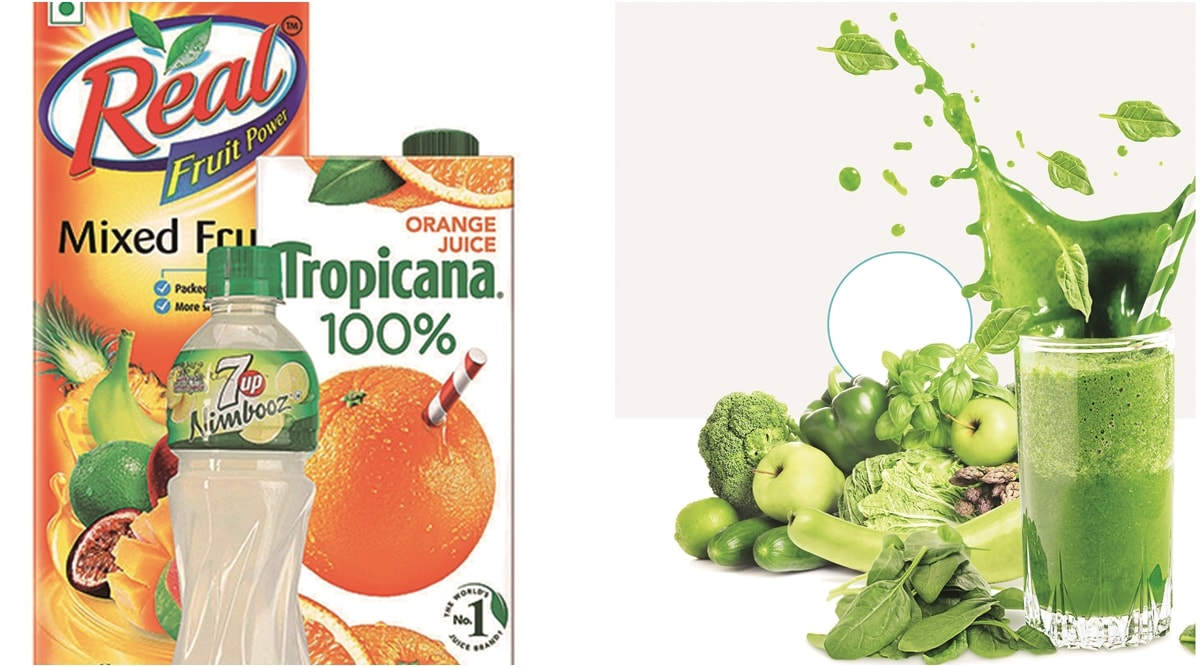Why is eating healthy so expensive? Here’s the reason!
Experts emphasize the importance of healthy eating, yet such products are frequently priced higher.
It is a common belief that in today’s world, maintaining fitness and shedding pounds involves considerable expense. Memberships at gyms, healthy snacks, organic food items, protein supplements, and other similar products can rapidly deplete our finances.
This has led to a situation where some individuals experience guilt for their high spending but persist in the behavior, while others choose less expensive options that are often not as healthy. If you feel that trying to eat healthier means spending more money, you’re not the only one.
A search for this question online will yield several Reddit users expressing the same worry, recounting their experiences that ‘healthy’ items frequently come with a higher price tag than ordinary food (which is costly enough as it is—thank you, inflation).
According to a recent two-year study conducted by the Food Foundation, the cost of a basket of healthy food for 1,000 calories per day is more than twice that of less healthy options.
This means that obtaining 1,000 calories daily from nutritious sources like fruits and vegetables will incur a higher cost than acquiring the same caloric value from less healthy choices, such as convenience meals and processed meat products. For full transparency, although this research draws comparisons of food prices in the UK, the circumstances in India are equally comparable.
Let’s consider a typical example. How often have you visited a fast-food restaurant and ordered your favorite burger? If you’re on a health kick like I am, you’ve probably requested that they swap out the regular refined flour buns for whole wheat ones. However, it comes at a cost to make an unhealthy burger slightly healthier—you have to pay more. Ultimately, you either pay more or choose to forgo the wheat bun entirely. But what causes the price discrepancy?
We attempted to work it out.
The search for nutritious food
Various experts spoke with India Today, and they all concurred on the significance of healthy eating; however, such products are often priced higher.
To delve deeper into this, we utilized external applications to contrast the costs of ‘unhealthy’ and ‘healthy’ variants of commonly available products such as rice, bread, fruits, and juices on services like Swiggy Instamart and Blinkit. We choose food items from the same brand whenever possible to ensure consistency.
And the results were astonishing, to put it mildly.
- Brown rice vs white rice
We began with a food item that is present in nearly every home – rice and examined the two varieties offered: brown and white. Brown rice and white rice primarily differ in their nutritional value, texture, and flavor. Brown rice is often viewed as the healthier option due to its lower level of processing and higher nutrient retention. If you choose brown rice, a kilogram will cost about Rs 200. In comparison, the same quantity of white basmati rice is only Rs 100, which is half the price. This indicates an extraordinary price increase of 100 percent for the two alternatives from the same brand.
- Brown versus white versus sourdough bread
As the second option, we chose bread, which is another household essential, particularly for those with a hectic routine. There are many choices for bread, but three of the most common options are brown bread, white bread, and sourdough.
Each of them has unique characteristics regarding texture, flavor, and nutritional value. The healthiest option here is sourdough bread due to its fermentation process, which enhances digestibility and nutrient absorption. Then brown, followed by white because of the use of refined flour and its highly processed characteristics.
Now, let’s examine the price difference.
When it comes to the same brand and quantity (350-400 gm), the costs are as follows: Rs 30 for white bread, Rs 60 for brown bread, and Rs 150 for sourdough bread.
- Snack options
Among the foods we eat, our habits of snacking seem to be the hardest to give up. While rat snacking is unhealthy, there are various options available in the market today that can be considered healthier snacks. To this end, we made comparisons with Makhana (or fox nuts), a natural food that is becoming increasingly popular owing to its rich nutritional profile comprising protein, carbohydrates, magnesium, potassium, phosphorus, iron, and zinc. Let’s look at how its price stacks up against other easily accessible snack options.
To this end, a 200 gm packet of makhana is priced at about Rs 500 (which translates to Rs 2,500 per kilogram), while bhujia—a widely favored Indian snack that lacks nutritional value—costs only Rs 330 per kilogram (smart snacking? uh, expensive snacking?).
- Protein/Greek yogurt compared to curd
In many Indian households, curd is a staple food item recognized for its creamy texture and probiotic advantages. It is produced by fermenting milk with beneficial bacteria, which aids in digestion and promotes gut health. However, if you’re looking for a higher protein and nutrient content in your curd, you should opt for protein or Greek yogurt. But what is the price difference compared to your usual curd? Take a look:
The price of a 400-450 gm pack of protein-rich curd is approximately Rs 325, while regular curd is significantly cheaper at just Rs 35 (isn’t that wild?).
- Fruit juices vs Real Fruit
After noticing these high price variations, if you’re perspiring and thinking about satisfying your thirst with a more healthful choice, get ready—your finances will likely not appreciate it.
In the case of fruit juices, we discovered a marked difference between those that are high in sugar and the purportedly healthier options. Additionally, it appears that the fruit costs significantly more!
Consider the pomegranate, for instance. In food delivery apps, the cost of 1 kg of the fruit is approximately Rs 448 (before any discounts). Im Gegensatz dazu kostet 1 Liter „reiner“ Granatapfelsaft 450 Rs, während die verarbeitete, zuckerhaltige Variante nur 130 Rs kostet!
Read More: IndiGo adds 3 wide-body jets in 2025, eyes Europe expansion.

